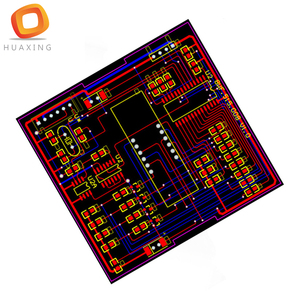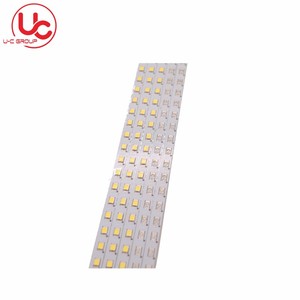Understanding Consumer Led PCB: A Comprehensive Overview
Consumer Led PCB, short for Printed Circuit Board, represents a groundbreaking advancement in the electronics industry, particularly for consumer electronics. These specialized PCBs are engineered to accommodate various lighting solutions, especially LED lighting systems, providing stability, durability, and high performance. As the demand for more energy-efficient and versatile lighting solutions continues to grow, consumer led PCBs have emerged as essential components in products ranging from home appliances to automotive lighting.
Types of Consumer Led PCB
Consumer Led PCB comes in several types, each tailored for specific applications and functionalities:
- Single-Sided PCBs: The simplest form, typically used for basic applications with low component density.
- Double-Sided PCBs: These have conductive paths on both sides, allowing for denser circuitry and minimizing size.
- Multilayer PCBs: Comprising three or more layers, these are highly complex circuits used in sophisticated consumer electronics.
- Flexible PCBs: Made from flexible materials, they can bend and twist, ideal for applications in tight spaces and wearable technologies.
- Aluminum PCBs: Featuring an aluminum base, these are designed to dissipate heat efficiently, commonly used in high-powered LED applications.
Applications of Consumer Led PCB
Consumer led PCBs have wide-ranging applications across various industries, capitalizing on their efficiency and versatility:
- Home Lighting Solutions: Used in LED bulbs, recessed lighting, and accent lighting, enhancing energy efficiency and aesthetics.
- Consumer Electronics: Found in televisions, laptops, and mobile devices, improving overall performance.
- Automotive Lighting: Critical for headlights, tail lights, and interior lighting, ensuring reliability and longevity.
- Smart Home Devices: Integrated into products like smart thermostats and security systems for seamless control and responsiveness.
- Wearable Technology: Found in fitness trackers and smartwatches, facilitating lightweight and compact designs.
Advantages of Consumer Led PCB
The advantages of using consumer led PCB are significant, making them a preferred choice for many manufacturers:
- Energy Efficiency: Designed to minimize power consumption, leading to substantial energy savings.
- Compact Size: Their design allows for more efficient use of space, vital for modern electronics where size is often a constraint.
- Improved Heat Dissipation: Many consumer led PCBs are engineered to manage heat effectively, prolonging the lifespan of lighting components.
- Versatility: Suitable for a vast array of applications, from home appliances to complex electronic devices.
- Cost-Effective: While initially an investment, the long-term savings in energy and replacement costs make them economically viable.














































































































































































































